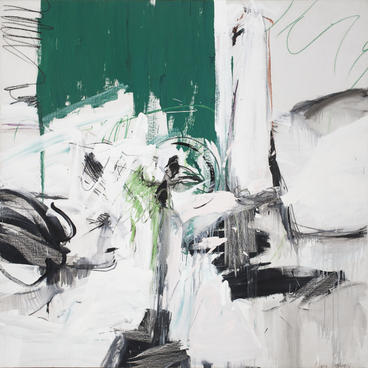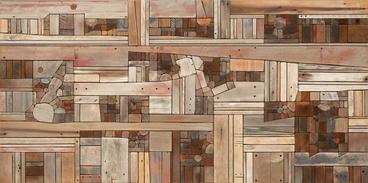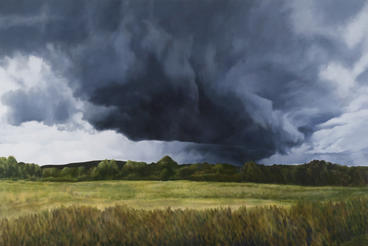333 E River Road
Minneapolis, MN 55455
United States
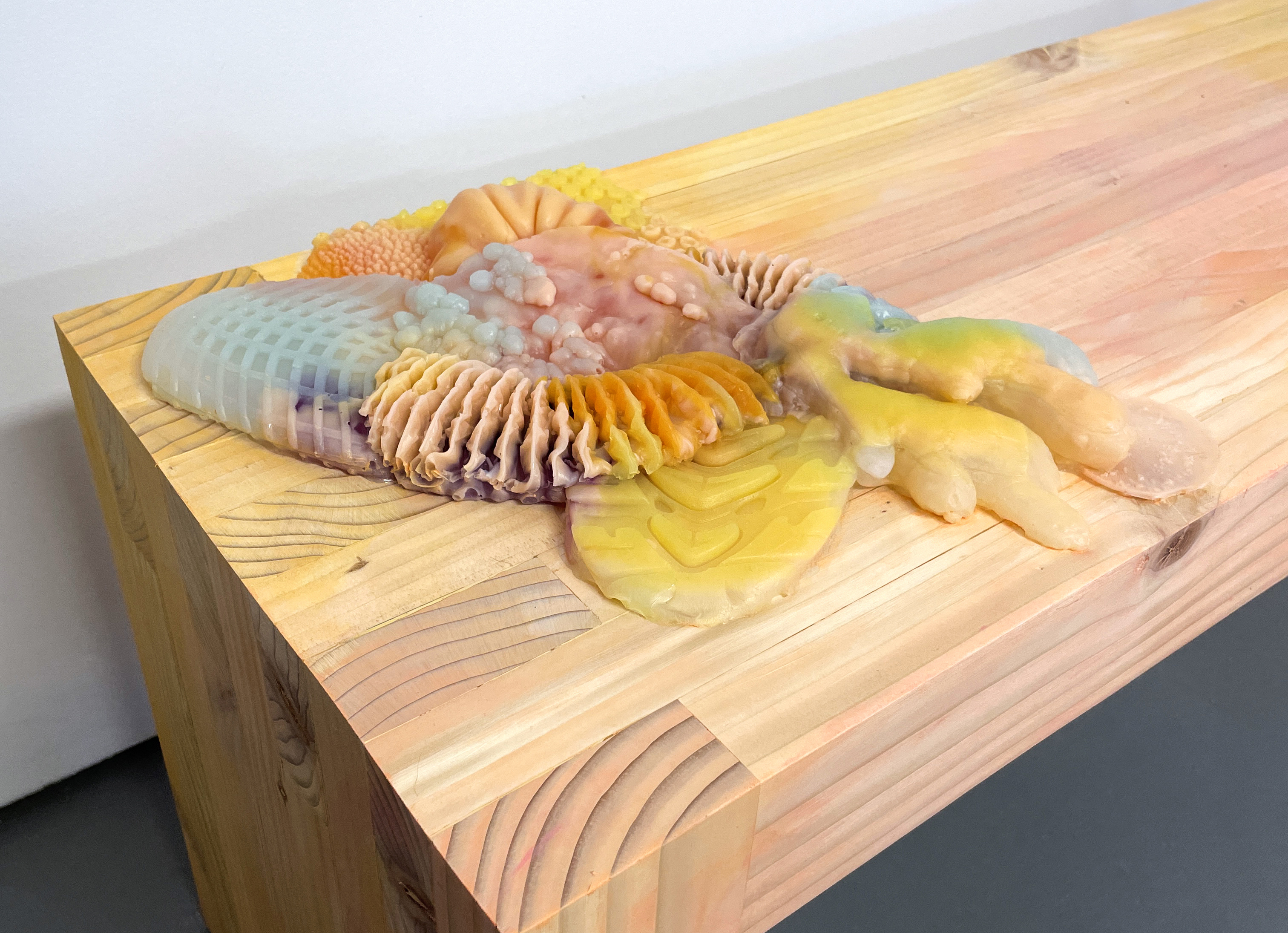
Additional Details
February's art-making theme is inspired by the work of Sam Gilliam and the Weisman's spring exhibition, The Other Four. "Sensory art" in art history refers to artwork that is designed to engage and stimulate the viewer's senses beyond just the visual. It aims to create a multisensory experience, often incorporating elements that appeal to touch, hearing, smell, and sometimes even taste. Sensory art encourages a more immersive and holistic engagement with the artwork, going beyond traditional two-dimensional visual representation.
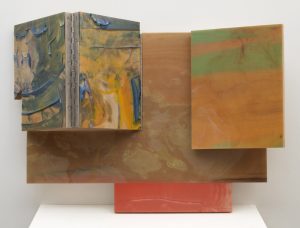
Sensory art challenges the passive observation typically associated with traditional visual art and invites viewers to actively engage with the artwork through their senses. It has gained prominence in contemporary art as artists seek to create more profound and interactive connections with their audiences. Sensory art encourages viewers to explore the boundaries of perception and often evokes emotional or visceral responses that go beyond mere visual aesthetics. Examples include installations with textured surfaces, interactive soundscapes, or artworks that involve scents and flavors. The goal is to stimulate a richer and more holistic perception, transcending the visual aspect commonly associated with traditional art forms.
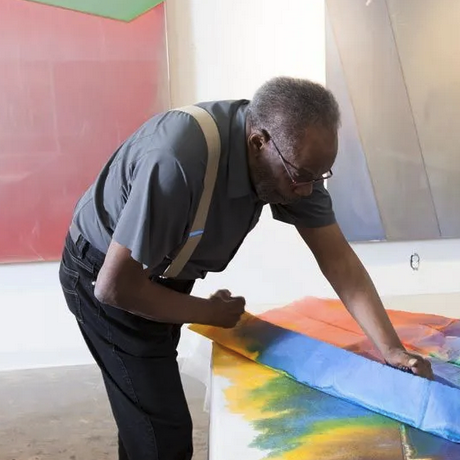
Fluxus, an avant-garde art movement from the 1960s, shared a similar emphasis on audience participation and sensory experiences. Both sought to break down traditional boundaries between art and everyday life, encouraging active engagement and challenging established artistic norms. The term "Fluxus" is derived from the Latin word for "flow" or "flux," reflecting the movement's emphasis on spontaneity and the fluid exchange of ideas.
Drop-in, Self-Guided Art Activity
Explore some of your favorite textures by creating a 3D sensory collage. Gather a variety of interesting objects available in Open Studio and assemble them to create your own sensory art piece. Think about senses outside of sight — what materials feel best to you? Which materials can be combined to make new sensations? Which do you NOT like? Let your hands guide you and create something that encourages you to think with all of your senses at once.
Image credits: [Top to bottom] Kate Casanova, Sensory Seat for Porous Beings, 2023. Wood, electronic components, silicone casts of various textural forms, audio of an ant colony, a cat purring, and clay dissolving in water. Lent by the artist; Sam Gilliam, Door Swing VI, 2004, acrylic with metal on wood; Portrait of Sam Gilliam in his studio, Courtesy of The Block Museum of Art.
